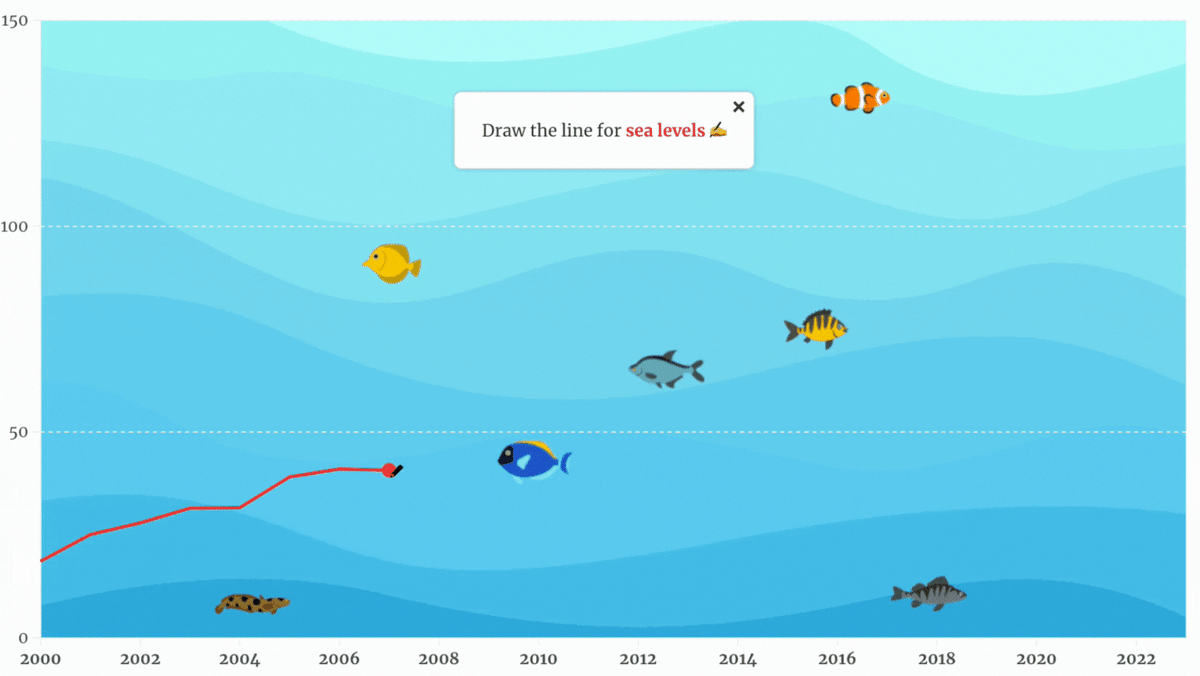
BANGKOK: It is just a short document — 16 paragraphs and 29 articles. But over the past eight years, the Paris Agreement has set the framework and aspirations for global action on climate change.
The year 2015, when 196 countries negotiated the agreement, was far from the start of efforts to slow global warming, but it set a clear universal target to keep the rise in mean temperature to well below 2 degrees Celsius.
Since then, countries have continued to negotiate and improve their approach to lower emissions, adapt to adverse impacts and usher in green economies powered by clean energy. The objectives of the Paris Agreement still hold strong today, despite initially being criticised for being insufficiently binding.
“Things would have been worse if we didn't have the Paris Agreement. Even though I think it was generally understood at the time that it wasn't perfect, it was the best we could do and much better than nothing,” said Professor Mark Howden, director of the Institute for Climate, Energy & Disaster Solutions at the Australian National University.
At United Nations-led climate change talks at the 28th Conference of the Parties (COP28), which start today, data will be presented for the first time to show the collective progress made since 2015.
The Global Stocktake is a form of inventory-taking, driven by two years of data collection and technical assessments. It comes at a crucial halfway point between that historic treaty and 2030, the year by which climate science has determined much needs to be achieved.
The preliminary findings ahead of COP28 show progress to reduce carbon emissions has been painfully slow.
“On average, it is a sobering read. It's effectively a dark cloud,” Prof Howard said.
But there are a few silver linings, such as the continued reduction in costs of renewables, the massive escalation in rate of adoption of renewable energy, and the development and rollout of technologies such as electric vehicles, he said.
Ms Melissa Low, a research fellow at the National University of Singapore's Centre for Nature-based Climate Solutions, was in Paris as an observer at COP21. She recalls feeling the significance of the breakthrough.
“This treaty has driven near-universal climate action by setting goals and sending signals to the world on the urgency of the climate crisis,” she said.
But more action is needed now on all fronts.
“These next years are important because we have very little time to meet the temperature limit, and the complex interactions among the earth, ocean, cryosphere, atmosphere and biosphere can affect the time it will take us to get to that emissions and temperature limit,” she said.
Here are four important measurements of how climate change — and the world’s response to it — has transformed the planet, especially since the advent of the Paris Agreement. See how closely you can track the changes.
https://news.google.com/rss/articles/CBMicGh0dHBzOi8vd3d3LmNoYW5uZWxuZXdzYXNpYS5jb20vc3VzdGFpbmFiaWxpdHkvaW50ZXJhY3RpdmUtY29wMjgtcGFyaXMtYWdyZWVtZW50LWNsaW1hdGUtY2hhbmdlLXByb2dyZXNzLTM5NDgxODbSAQA?oc=5
2023-11-29 22:00:47Z
2629905759
Tidak ada komentar:
Posting Komentar